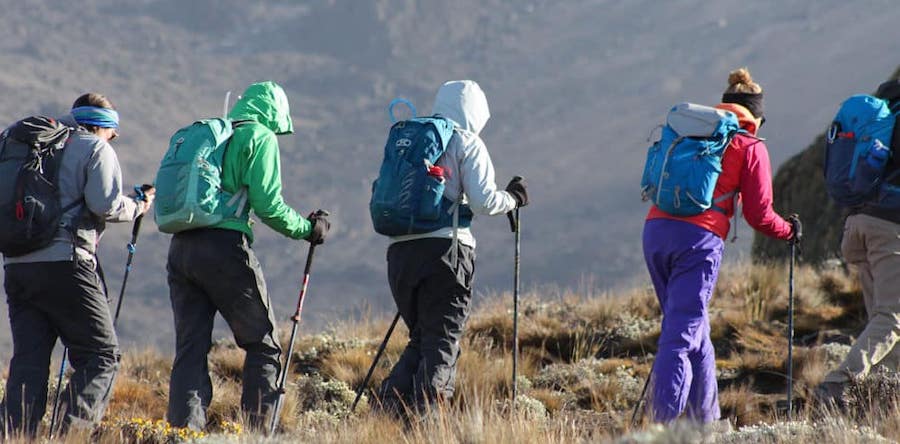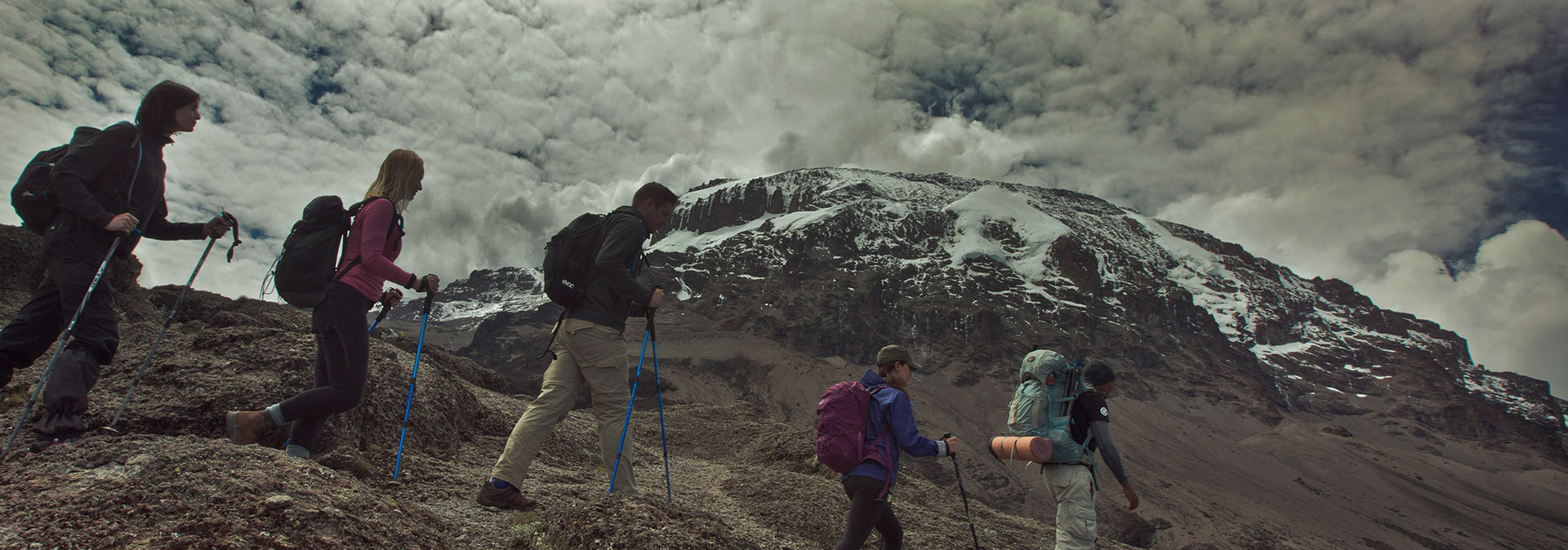Embarking on the formidable ascent of Mount Kilimanjaro is an exhilarating yet challenging endeavor that demands meticulous preparation. The question often asked is, “How fit does one need to be?” In this detailed guide, we delve into the multifaceted aspects of Kilimanjaro training, exploring the intersection of physical conditioning, mental resilience, and the strategic approaches that pave the way for a triumphant summit.
Mastering the Art of Mount Kilimanjaro Training: A Comprehensive Guide to Success
Debunking Fitness Myths: A Holistic Perspective
 The prevailing myth that only the exceptionally fit can conquer Kilimanjaro is dispelled with an encouraging revelation: extreme fitness is not a prerequisite. While a reasonable level of fitness undoubtedly facilitates the climb, success stories extend well into the 50s, underscoring the importance of determination and a well-structured training plan. This section illuminates the nuanced facets of preparation, emphasizing the synergy of mental fortitude and physical readiness.
The prevailing myth that only the exceptionally fit can conquer Kilimanjaro is dispelled with an encouraging revelation: extreme fitness is not a prerequisite. While a reasonable level of fitness undoubtedly facilitates the climb, success stories extend well into the 50s, underscoring the importance of determination and a well-structured training plan. This section illuminates the nuanced facets of preparation, emphasizing the synergy of mental fortitude and physical readiness.
The Determination Quotient: Unyielding Willpower to Conquer
Beyond physical attributes, an undeniable commonality among triumphant Kilimanjaro climbers is their unwavering determination. The ascent to the peak is not a sprint but a slow, steady challenge. Success hinges on the trekkers’ ability to take one more step, even when fatigue sets in. This section delves into the psychological aspects of Kilimanjaro training, highlighting the role of determination as a driving force towards the summit.
Evaluating Fitness Levels: The Benchmark Criteria
Quantifying one’s fitness for a Kilimanjaro trek involves a nuanced examination of capabilities. The ability to walk for 6 to 7 hours with an ascent of 1000 meters is considered a benchmark. Additionally, trekkers should be capable of jogging for 45 minutes, cycling for an hour, or participating in an energetic aerobics class. This section sets the standard for the physical readiness required to tackle the challenges of the climb.
Practical Training: The Essence of Hiking and Climbing
At the heart of Mount Kilimanjaro training lies practical, everyday activities that simulate the challenges of the trek. Wearing walking shoes and covering several miles on a regular basis provide the necessary groundwork. Whether it’s a two-hour stroll or an entire day’s hike through hilly terrain, the key is accumulating hours on your feet. This section unpacks the foundational aspects of Kilimanjaro training, emphasizing the significance of practical readiness.
Aerobic Training: Enhancing Cardiovascular Resilience
Aerobic or cardio training assumes a pivotal role in Kilimanjaro preparation. By enhancing the body’s oxygen utilization during exercise, aerobic training strengthens the cardiovascular system. The prolonged nature of the Kilimanjaro climb, coupled with reduced oxygen levels at higher elevations, makes this type of training essential. This section explores the critical role of aerobic training and its impact on cardiovascular endurance.
The “Pole Pole” Approach: Savoring the Slow Ascent

A fundamental principle ingrained in Kilimanjaro climbing is the “Pole Pole” approach, a Swahili phrase translating to “slowly slowly.” Regardless of one’s fitness level, rushing up the mountain is discouraged. The body requires time to acclimate to the altitude. While a well-functioning circulatory system aids in this process, adhering to a slow ascent remains vital. This section illuminates the philosophy behind the gradual ascent and its impact on successful Kilimanjaro climbs.
Tailored Training Programs: The Art of Duration
Tailoring the training program to individual fitness levels is imperative for Kilimanjaro’s success. A recommended 3 to 6-month training duration is advised, considering the current fitness level. Running 6 to 12 kilometers thrice a week is suggested, with a focus on interval training. This section guides readers on the duration and intensity of training, ensuring a well-rounded and personalized approach.
Strengthening Exercises: Forging Resilient Legs and Hands
While not as critical as aerobic training, strength training plays a role in a comprehensive Kilimanjaro training plan. Given the daily demands on your legs during the trek, specific leg and core strengthening exercises become essential. Swings, squats, phase aerobics, and leg twists contribute to building the necessary muscular endurance. This section delves into the specifics of strength training and its impact on overall trekking resilience.
Stretching: The Art of Post-Exercise Recovery
Post-exercise stretching is not merely a formality but a crucial aspect of the training routine. Stretching aids in muscle recovery and increased flexibility, both instrumental in preventing injuries. A daily stretching regime, especially targeting main muscle groups for about 10 minutes, promotes flexibility and alleviates the pressure on muscles and joints. This section unravels the benefits of stretching for post-exercise recovery.
Mental Stamina: The Unseen Driver of Success
Equally crucial to physical fitness is mental stamina. A positive attitude and mental stability are indispensable, especially during challenging moments. Long-distance running, such as participating in full and half marathons, serves as a means to test and strengthen mental resilience. The ability to push through perceived limits is honed through activities that demand mental endurance. This section dives into the psychology of mental stamina and its role in achieving Kilimanjaro summit success.

